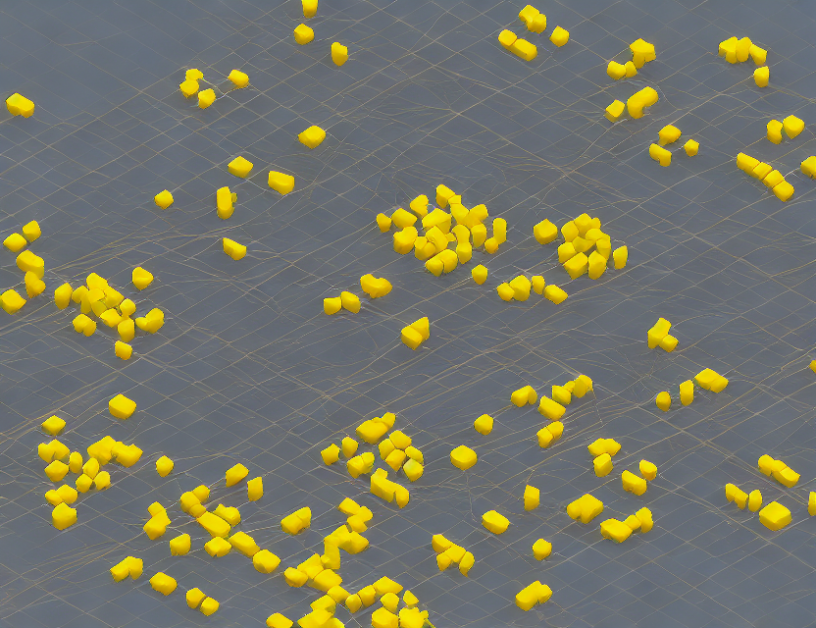Large Radial Basis Function (RBF) systems are becoming increasingly common in data analysis, particularly in machine learning applications. However, solving these large systems can be computationally challenging due to their size and complexity. In this article, we survey recent advances in solving large RBF systems, focusing on the numerical methods used to tackle these issues.
Firstly, we discuss the problem of solving large RBF systems and its significance in computational mathematics. We explain that RBFs are widely used in data analysis due to their ability to model complex non-linear relationships between inputs and outputs. However, dealing with large datasets can lead to the need for more sophisticated numerical methods to solve these systems efficiently.
Next, we provide an overview of existing numerical methods for solving large RBF systems. These include greedy algorithms, randomized methods, and iterative techniques. We discuss their strengths and limitations, as well as the challenges they face when applied to large datasets.
Then, we turn our attention to more recent advances in solving large RBF systems. We highlight several novel approaches that have been proposed in recent years, including the use of multi-resolution methods, sparse grids, and reduced basis methods. These techniques aim to improve the accuracy and efficiency of RBF system solutions by exploiting the underlying structure of the problem.
We also discuss some of the challenges associated with these new approaches, such as the choice of resolution levels, the selection of basis functions, and the computational cost of implementing these methods. However, we emphasize that these challenges are not insurmountable and that significant progress has been made in recent years towards developing efficient and accurate numerical methods for solving large RBF systems.
Finally, we conclude by highlighting some future research directions in this field. We suggest that there is a need for further development of numerical methods that can handle complex and high-dimensional data sets while maintaining computational efficiency. Moreover, we propose that the integration of machine learning techniques with RBF system solutions could lead to even more accurate and efficient solutions.
In summary, this article provides a comprehensive overview of recent advances in solving large Radial Basis Function systems. We demystify complex numerical methods by using engaging analogies and everyday language to help readers understand the core concepts. By highlighting both the challenges and the opportunities in this field, we hope to inspire further research and innovation in this exciting area of computational mathematics.
Mathematics, Numerical Analysis
Greedy Data Selection Algorithms for Positive Definite Kernels



